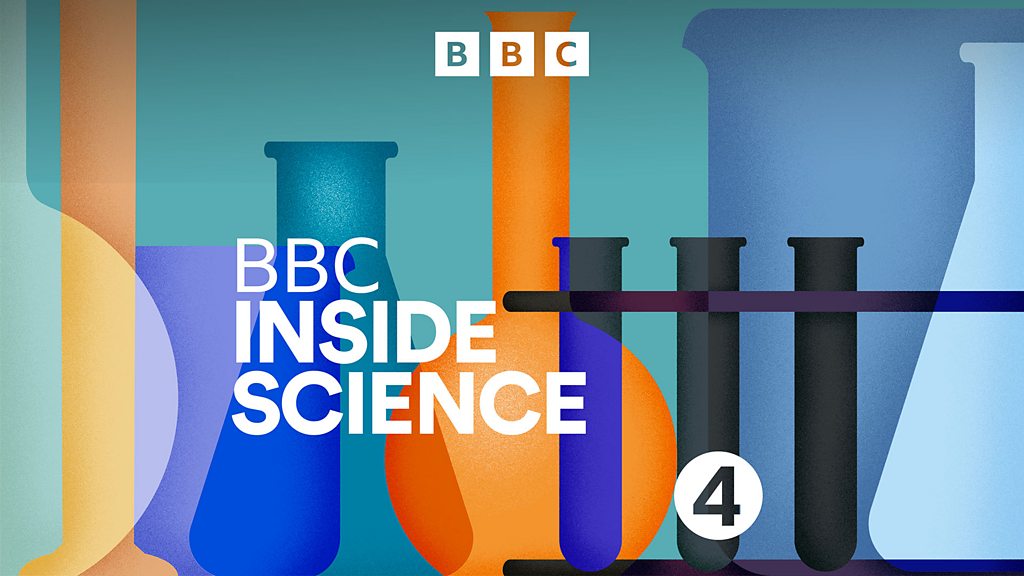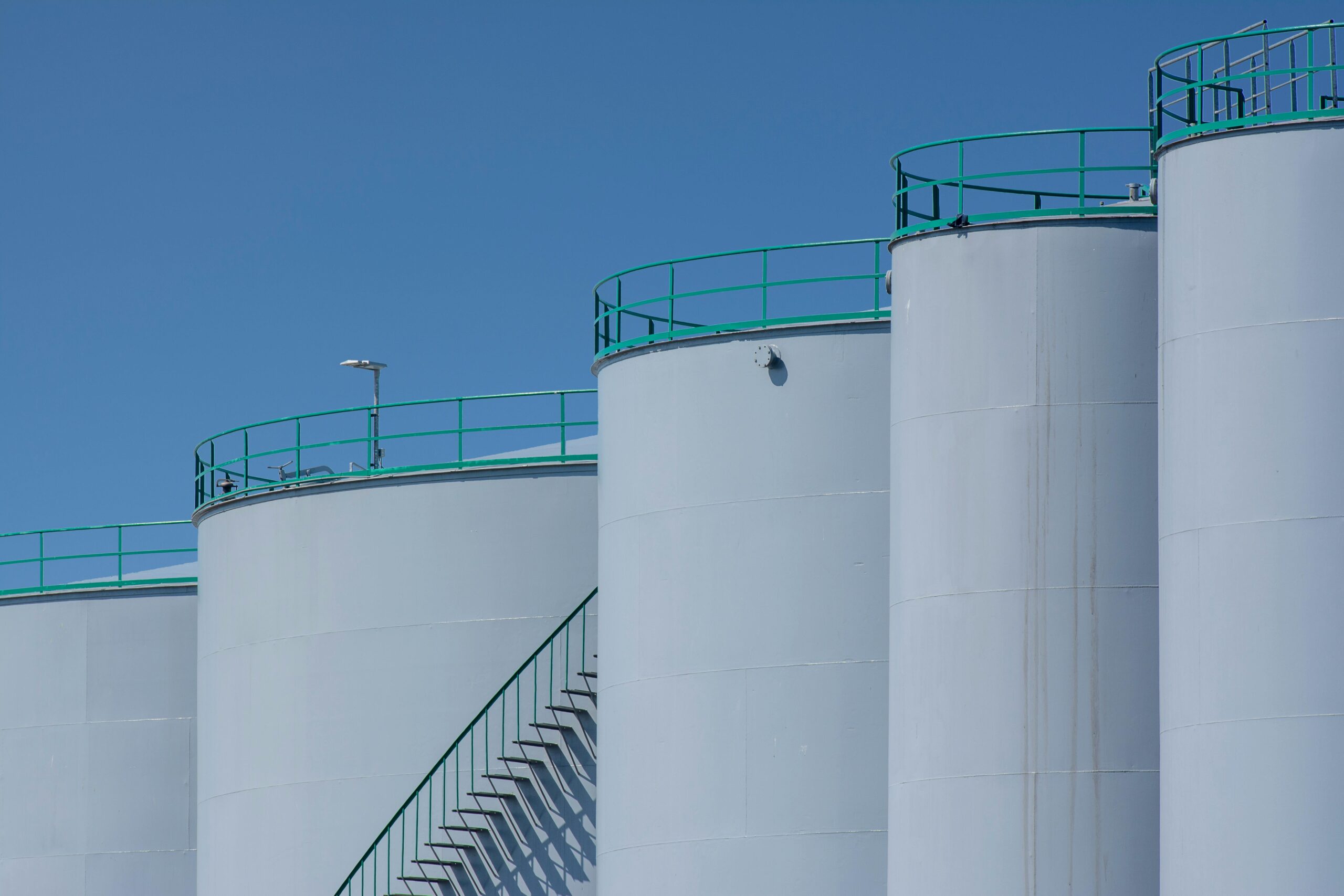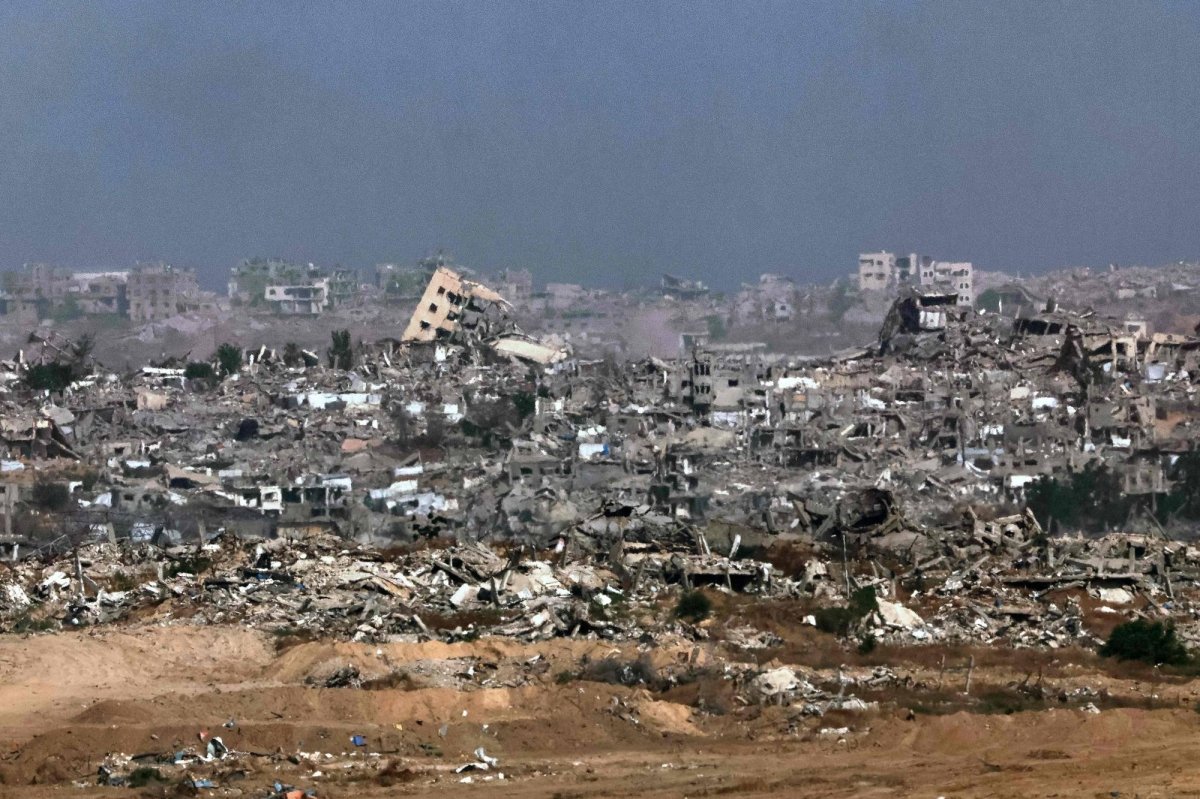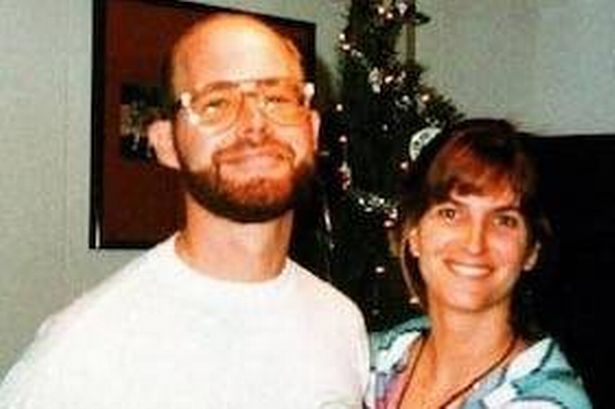The Ozone Layer: 40 Years After the Discovery of the Hole

It has been 40 years since scientists first discovered a hole in the ozone layer, a crucial protective shield in Earth’s atmosphere. This landmark discovery in 1985 led to global efforts to phase out ozone-depleting substances, such as chlorofluorocarbons (CFCs), and the signing of the Montreal Protocol in 1987. The treaty has been hailed as a success story, with the ozone layer showing signs of recovery in recent years. However, new challenges have emerged that threaten to undo the progress made. One of the key threats facing the ozone layer today is the rise of new, human-made chemicals known as hydrofluorocarbons (HFCs). While HFCs do not harm the ozone layer, they are potent greenhouse gases that contribute to climate change. As countries phase out HFCs under the Kigali Amendment to the Montreal Protocol, it is essential to ensure that their replacements do not harm the ozone layer or exacerbate global warming. Another pressing issue is the continued presence of ozone-depleting substances in the atmosphere, such as lingering CFCs. These substances can persist for decades, continuing to erode the ozone layer long after they have been banned. Efforts to monitor and enforce compliance with the Montreal Protocol are crucial to prevent the resurgence of ozone depletion. In addition to human-made threats, natural factors such as volcanic eruptions and solar activity can also affect the ozone layer. Research into these factors is ongoing to better understand their impact and inform policy decisions. The protection of the ozone layer remains a global priority, requiring continued cooperation and vigilance to safeguard the health of our planet.








